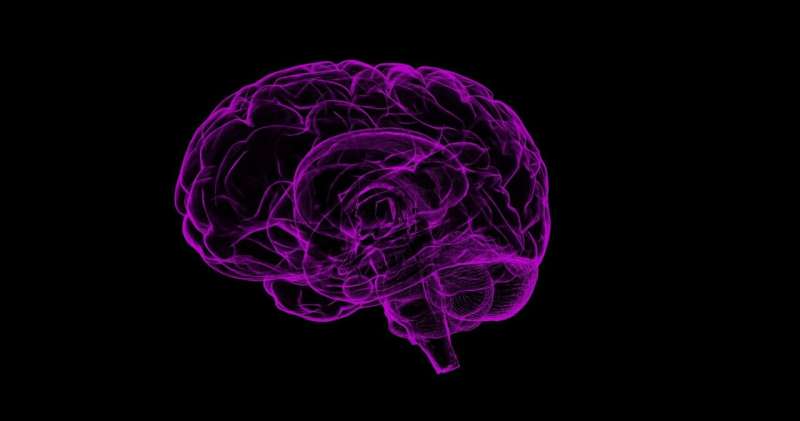#Direct current to the brain’s right dorsal lateral prefrontal cortex found to enhance placebo effect

“#Direct current to the brain’s right dorsal lateral prefrontal cortex found to enhance placebo effect”

A team of researchers from Harvard Medical School and the University of Turin Medical School has found that applying direct current to the brain’s right dorsal lateral prefrontal cortex can enhance the placebo effect in patients. In their paper published in Proceedings of the National Academy of Sciences,, the group describes experiments they conducted with patients receiving a small jolt of electricity through the skin to a part of the brain just beneath the forehead.
Prior research has shown that people expecting a therapy to reduce pain, even if it actually has no physical impact, can result in reduced feelings of pain. This so-called placebo effect has been found to involve changes in protein signatures in the blood, which in turn reduce the sensation of pain. The opposite effect has been found, as well—if people are expecting something to hurt, it sometimes will hurt more than it should due to the “nocebo effect.” In this new effort, the researchers focused their attention on the right dorsal lateral prefrontal cortex—a part of the brain believed to be involved in both the placebo and nocebo effects.
The experiments involved applying ointments to three parts of the forearm skin of volunteers—they were told one contained lidocaine, another capsaicin and the third had no pain altering chemicals—all of the ointments actually contained no pain altering chemicals. Next, the volunteers were subjected to a pain stimulus to the places on the forearm where the ointments had been applied. After that, the volunteers were divided into three groups. One of the groups received 20 minutes of brain stimulation for three days, the second received inhibiting brain stimulation, and the third group did not receive any stimulation at all. Also, all of the volunteers underwent fMRI scans before, during and after stimulation.
In looking at their data, the researchers found that the volunteers reported the most pain when it was inflicted on the part of their forearm that they believed had been treated with capsaicin—they reported the least on the part that had been treated with lidocaine. They also found that the degree of pain reported depended on the kind of brain stimulation they had received. Those that received real brain stimulation reported the strongest placebo effect and the weakest nocebo effect—they also reported experiencing differing degrees of pain relief based on the type of electrical stimulation that was applied to their brain.
Study suggests regulation of empathy for pain is grounded in same brain mechanism as real pain
Yiheng Tu et al. Manipulating placebo analgesia and nocebo hyperalgesia by changing brain excitability, Proceedings of the National Academy of Sciences (2021). DOI: 10.1073/pnas.2101273118
© 2021 Science X Network
Citation:
Direct current to the brain’s right dorsal lateral prefrontal cortex found to enhance placebo effect (2021, May 4)
retrieved 4 May 2021
from https://medicalxpress.com/news/2021-05-current-brain-dorsal-lateral-prefrontal.html
This document is subject to copyright. Apart from any fair dealing for the purpose of private study or research, no
part may be reproduced without the written permission. The content is provided for information purposes only.
If you liked the article, do not forget to share it with your friends. Follow us on Google News too, click on the star and choose us from your favorites.
For forums sites go to Forum.BuradaBiliyorum.Com
If you want to read more Like this articles, you can visit our Science category.


